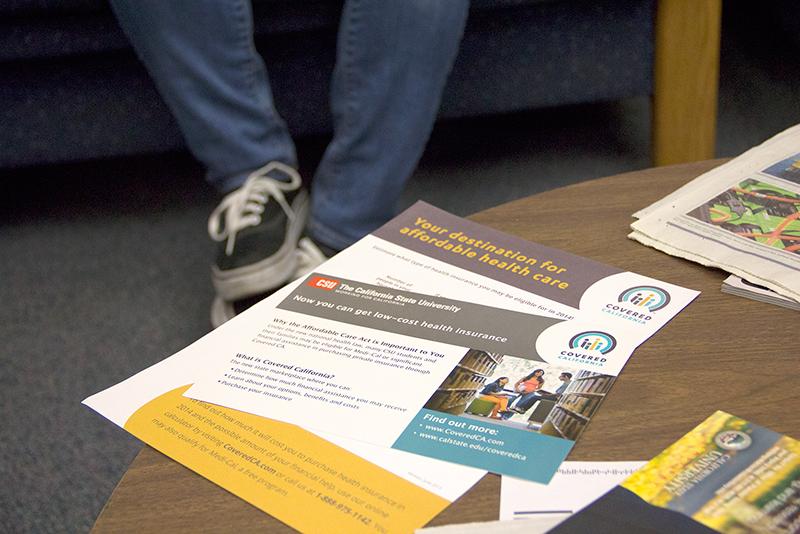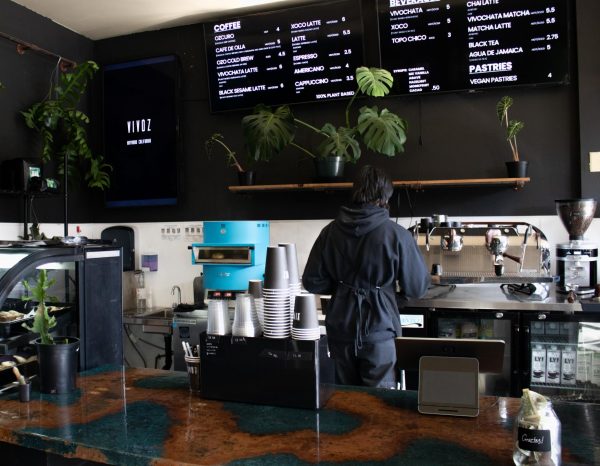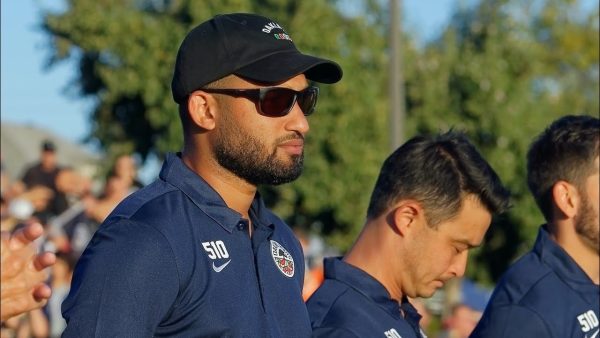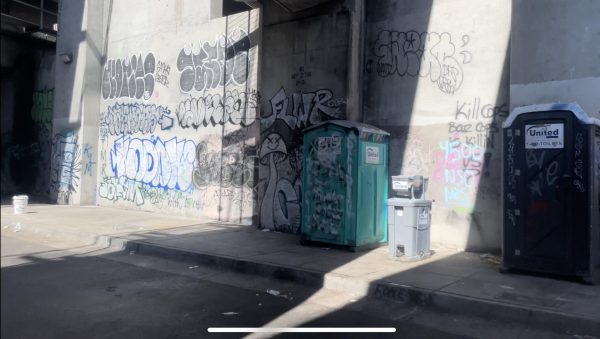CSU HIEP works to cover students under Obamacare
The Student Health Center provides information on how to get insurance under Covered California.
California State University, East Bay is one of 16 CSU campuses that will now assist students getting healthcare through a new CSU-wide initiative.
The CSU Health Insurance Education Program or HIEP is a chancellor-supported initiative lead by Timothy P. White that was created to help students gain health insurance through the Affordable Care Act. The program helps walk students through the process of selecting and signing up for an insurance plan.
A $1.25 million grant was given to CSULA from Covered California in an effort to help educate CSU students on health insurance coverage and options. CSUEB has been one of the campuses chosen to have representatives help students with the process of finding insurance that they may be eligible for.
“It’s estimated that 40 percent of East Bay students do not have health care,” said Campus Coordinator Estelle Davis.
With so many students uninsured, the Chancellor’s office says it is important that students are at least provided with information about Covered California.
Covered California is a system of healthcare market places created in 2010 to comply with the Affordable Care Act, nicknamed “Obamacare,” that is designed to provide affordable medical coverage for all U.S. citizens.
The Affordable Care Act took effect Jan. 1, 2014, requiring all American adults to obtain public or private health insurance or be subject to fines and tax penalties.
Each campus chosen received two representatives to head their program. Davis and Co-coordinator Anjila Yusufi were the two representatives chosen to head CSUEB’s program.
Both coordinators along with CSUEB’s Associated Students Incorporated Committee kicked off the with educational forums in early January, followed by enrollment workshops.
“So many of our students do not have health insurance, I myself am one of them,” said ASI President Michelle Xiong.
ASI has played a large role in assisting the program, with efforts through providing recourses, marketing, advertising and space, to ensure that as many students are helped as possible.
“As student representatives it is our job to advocate and provide recourses for students, a big part in a student’s education is having a healthy mind and body,” said Xiong.
Like many other CSU campuses, CSUEB has a health center where students can receive care concerning women and men’s health, counseling and health education.
But, unlike a health insurance plan, these services are limited and do not cover every health concern that might arise. Health insurance plans through Covered California include doctor visits, hospital care, prescriptions, emergencies and preventative care.
“I did not have health insurance because [I] am not eligible for medical and private insurance is far too expensive,” said student Omare Jacobs.
Obamacare has also expanded the age limit for young people to remain covered under their parents’ insurance; the new age limit for a full-time student is 26 and Omare’s parents are now able to afford a plan that she can be included on.
Students often have a limited income and remain on a strict budget. Covered California has implemented plans that are considered affordable for the majority of students through medical assistance, premium assistance, and cost sharing subsidies.
“There is a plan that is as low as $15 dollars a month,” said Davis.
Medical insurance has now been expanded to individuals ages 65 and under who have a single income lower than $15,856 or $32,499 for a family of four. Premium assistance is for those that meet certain income requirements but cannot obtain health insurance though an employer or a government program at an affordable cost so the cost are lower. Lastly, cost sharing subsidies reduce out-of-pocket expenses surrounding care.
Approximately 25 students per day attended the three day workshop and signed up for coverage in mid-January. However, there still remains close to 5,200 uninsured students on campus.
To continue their efforts, HIEP will remain working with ASI to hold sessions until the end of April. They are located in Room 123 in the Recreation and Wellness center on campus and can be contacted for help by appointment Tuesdays 11-1 p.m., Wednesdays 4-6 p.m., and by email at [email protected].




















